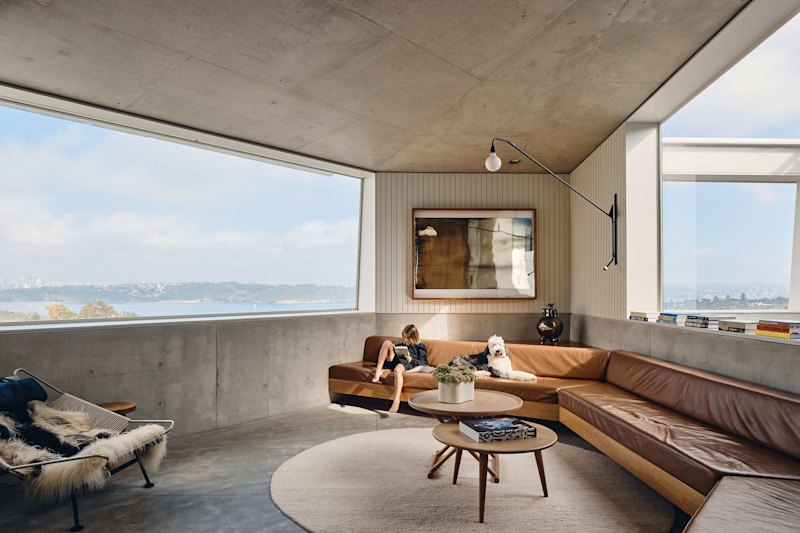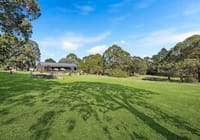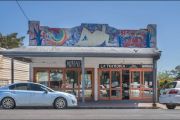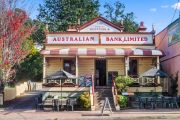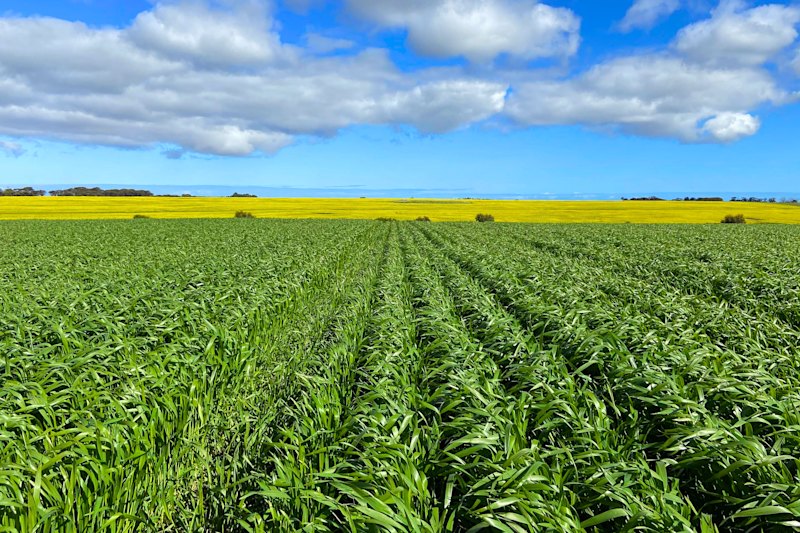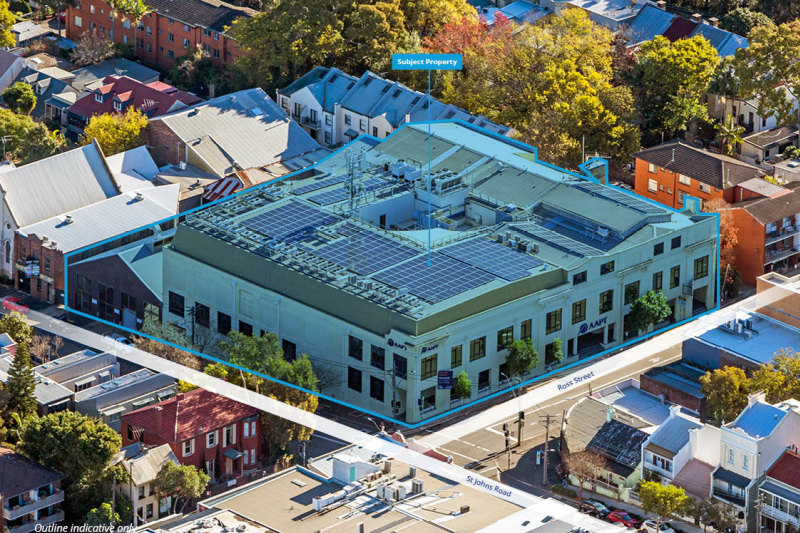
TPG-leased site to test city fringe data centre demand
The private owner of a large-scale property leased to telco giant TPG in the Sydney city fringe will test the market appetite for data centres, with price expectations of more than $45 million.
The 3654 square metre site at 30 Ross Street in Forest Lodge is spread across three floors of office and data centre with a 15-year lease term with a further 10-year option to TPG. The balance of the building will be available with vacant possession.
It is for sale through the team of James Cowan and Matthew Meynell of Colliers Investment Services divisions, who said the seller has fielded a “high volume of unsolicited interest from investors and residential developers on this specific asset”.
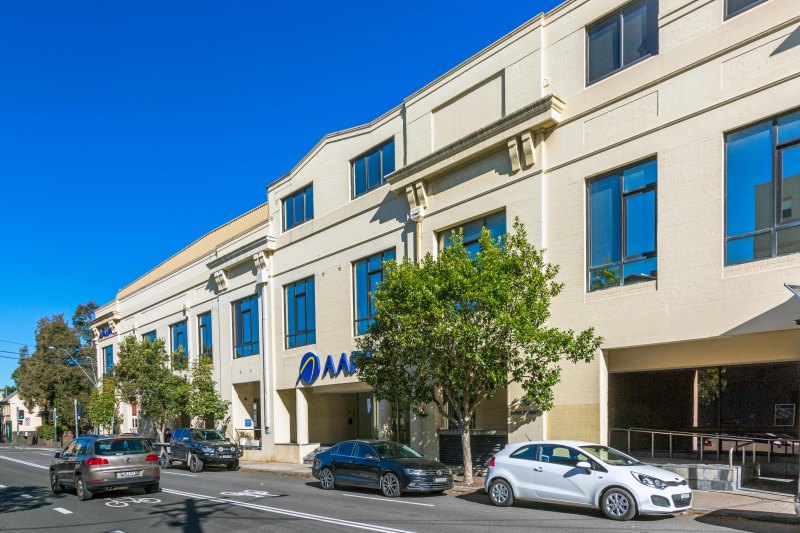
“Prospective buyers will have strong regard to the existing use rights, passing income and potential market income, and the underlying E1 Local Centre Zoning,” said Cowan, director of investment services at Colliers.
The property sits within the NSW government’s innovation precinct which will span the area from Central to Eveleigh and is set to create an additional 10,000 jobs in the area by 2036.
“The city fringe has seen a tremendous rejuvenation over the past five years, led by adaptive reuses, infrastructure upgrades and demand,” said Meynell, managing director of investment services at Colliers.
The sale comes as data centres have gained significant interest over the past two years, with the growth of e-commerce and new technological advancements adding to the appeal.
The Australian data centre sector has evolved rapidly, underpinned by the demand for cloud-based storage services and a significant investment in the sector that has increased capacity.
Data centres were first established in the 1990s in response to the growing demand for off-site data storage requirements from organisations and governments.
Alex Moffatt, Cushman & Wakefield’s director and data centre advisory team lead in Australia, said more than 80 per cent of operational capacity in the Asia Pacific area is concentrated in five markets: Australia, India, Japan, mainland China and Singapore.
Moffat said across APAC, 9.7 gigawatts is currently operational, with an additional 3.3GW under construction and 8.5GW in planning stages. For Australia 1145MW is currently operation, 265MW under construction and 1443MW planned.
“Sydney continues to be the largest data centre market in Australia, with 63 per cent of the total operational capacity for the country,” he said.
“Sydney is one of the top five cities for data centres in APAC alongside Beijing, Mumbai, Shanghai and Tokyo, which are categorised as powerhouse markets, with each city forecast to exceed 2GW of capacity in the next seven to 10 years. Cumulatively, these five powerhouse cities account for 54 per cent of the operational capacity in all of APAC.”
In Sydney, operational capacity has increased by 57MW over the past six months.
Despite this additional capacity coming online, the vacancy rate for Sydney has decreased from 17 per cent to 12 per cent over the same time.
“The next wave of data centre development will see builds exceed 100MW per site in both Sydney and Melbourne.,” Moffatt said.
“Finding suitable land parcels in both Sydney and Melbourne for future data centre development continues to be challenging given the lack of suitably zoned land in both markets.”


